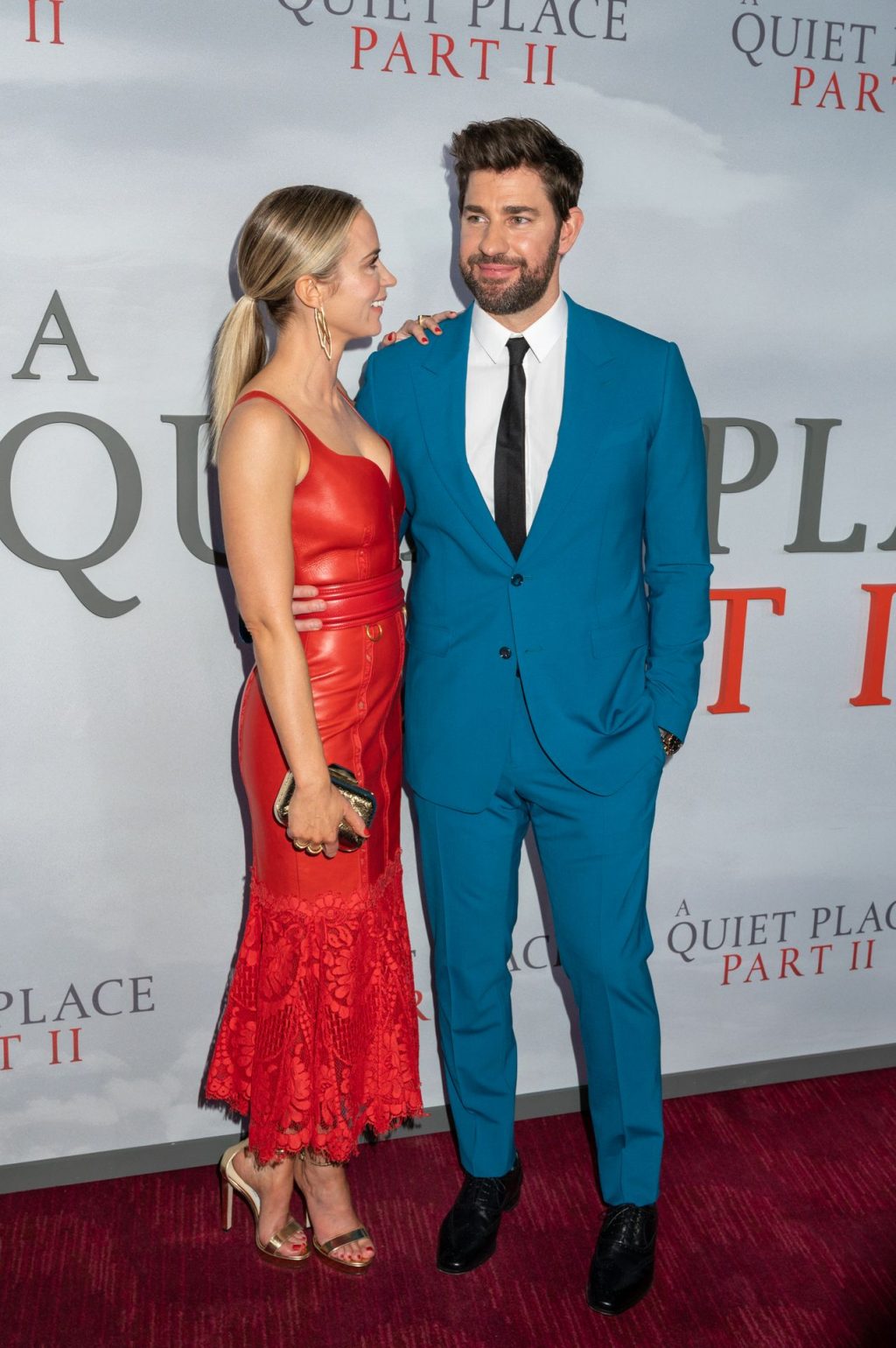When it comes to discussing nudity in Hollywood, the conversation often revolves around consent, context, and the actor's comfort level. Emily Blunt, a celebrated actress known for her versatility and depth, has faced these questions throughout her career. Her nuanced approach to such scenes reflects a growing awareness within the industry about respecting actors' boundaries while maintaining artistic integrity.
Emily Blunt's Perspective on Nudity in Films
Emily Blunt, who rose to fame with roles in films like The Devil Wears Prada and A Quiet Place, has been candid about her views on nudity. In an interview with The Telegraph, she expressed her reluctance to participate in gratuitous nude scenes. I'm not so keen on doing nudity because I'm not 22 anymore, she remarked. This statement underscores her belief that nudity should serve a purpose rather than merely titillate audiences. She questioned whether such scenes genuinely contribute to the narrative or if they exist solely for shock value.
In another instance, during a discussion about her role in Sicario, Blunt revealed how she vetoed a topless scene after consulting her instincts. My tits didn't agree, she joked, highlighting her pragmatic stance on the matter. Such decisions demonstrate her commitment to ensuring that her performances align with her personal values and professional standards.
Oppenheimer: A Bold Cinematic Choice
Christopher Nolan's Oppenheimer, featuring Emily Blunt alongside Cillian Murphy, Matt Damon, Robert Downey Jr., and Florence Pugh, marked a significant departure from his usual PG-13 fare. The film earned an R rating due to its intense themes and explicit content, including what was described as prolonged full nudity. While some critics praised this bold move, others questioned its necessity.
Blunt's portrayal of Kitty Oppenheimer added layers of complexity to the story, especially in scenes involving emotional vulnerability. However, she ensured that any physical exposure remained relevant to the character's development and the plot's progression. Her ability to balance authenticity with discretion showcases her maturity as an artist.
Fashion Choices: Emily Blunt's Nude Mani at Awards Shows
Beyond cinematic choices, Emily Blunt also made headlines for her impeccable fashion sense. At events like the Golden Globes and SAG Awards, she opted for subtle yet striking nail polish shades—often described as nude. These timeless hues complemented her elegant outfits perfectly, drawing attention to her natural beauty without overpowering it.
For example, at the SAG Awards, Blunt wore CND SHELLAC nude glitter nails designed by renowned manicurist Julie Kandalec (@julieknailsnyc). To replicate the look, fans can use CND shades such as Bouquet and Glitter Sneakers, available in both SHELLAC Gel Polish and VINYLUX Long Wear Polish collections. Such details illustrate how even small choices can make a big impact.
A Look Back: Early Career Roles
Long before becoming a household name, Emily Blunt appeared in lesser-known projects where nudity played a part. One notable example is her debut role at age 19 in the British mini-series Henry VIII. Although these early experiences might have tested her comfort levels, they undoubtedly shaped her understanding of when and how to incorporate such elements into her work.
Despite rumors circulating online about leaked photos or videos, Blunt has consistently maintained her dignity and professionalism. Fans eager to explore her craft are encouraged to focus on her official releases rather than unverified content.
Conclusion: Respecting Boundaries in Hollywood
The world of entertainment constantly evolves, but one constant remains: respect for artists' autonomy. Emily Blunt exemplifies this principle through her thoughtful approach to nudity and other sensitive aspects of filmmaking. By prioritizing meaningful storytelling over sensationalism, she continues to inspire peers and admirers alike.
As audiences, we must recognize and appreciate the effort actors put into crafting authentic portrayals. Whether it's through carefully chosen words or deliberate actions, every decision contributes to the richness of cinema—and helps define the legacy of those who create it.

